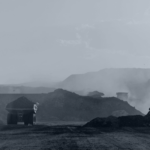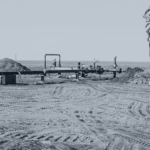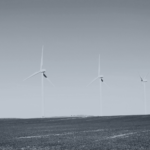The prosecution of a number of irrigators in New South Wales has highlighted the need for accurate metering and up-to-date information when taking water from rivers, bores or harvesting overland flow.
Based on these decisions of the Supreme Court and Planning & Environment Court of New South Wales in 2019, we offer the following “top tips” for managing the take and use of water in Queensland under the Water Act 2000 (Qld) (Act).
#1: Know your limit
It is important to recognise the maximum volume of water which can be taken under a water entitlement.
Water licences issued for irrigation or lot feeding and most water allocations will feature “maximum volume limits” which dictate the total amount of water which can be taken during a water year.
Additionally, water allocations which access water from rivers or channels will usually include flow requirements which only permit the take of water if the water source is at a particular height or flow rate.
Before drawing water from any such watercourse, licence or allocation holders should check the official flow rates for the watercourse on the website of the Department of Natural Resources, Mines and Energy, SunWater or the Distribution Operations Licence holder to ensure that water can be taken from the pump site at that date and record the time at which the information was accessed.
In doing so, the water user will be able to defend itself against any allegation that it drew water at an unauthorised time or from an unauthorised location.
#2: Measure the meter
All water allocations and almost all water licences issued for irrigation or lot feeding will require water to be drawn through an approved and functioning meter. The allocation or licence holder bears responsibility for maintaining and ensuring that the meter is calibrated and working and if it does not meet these requirements, any water drawn under the allocation or licence will be classed as an “unauthorised activity” under the Act.
While the minimum requirements for newly installed meters are expected to change in 2020, it is likely that Australian Standard 4747 (Meters for non-urban water supply) will continue to form the basis for metering standards on rural land.
Meters and valves should be regularly checked for corrosion, leakage and accuracy before every pumping event and any concerns raised with a water engineer before pumping commences.
#3: Legalise your levies
The building or restoration of any levy embankment or structure that prevents, reduces or diverts overland flow may require approval or registration under the Planning Act 2016 (Qld).
For the most part, levy banks which do not cause any effect to neighbours by way of flow path, flow height or flood area can be constructed lawfully under the published Self Assessable Code for Construction and Modification of Levies and only need to be registered with the local government within two weeks of completion.
However, levy banks which trigger off-property impacts or are constructed in areas which are deemed of risk to neighbours will require a development approval from the local government.
Prosecutions have taken place in New South Wales against landowners who have failed to comply with State or local government planning codes when rebuilding levy banks to heights in excess of their original approved limits.
Landholders should take care to check the heights and locations of any new or damaged levy banks before embarking on earthworks to ensure that they are authorised or approved.
Thynne + Macartney’s Agribusiness group has experience assisting landholders who face charges for environmental or planning infringements.





